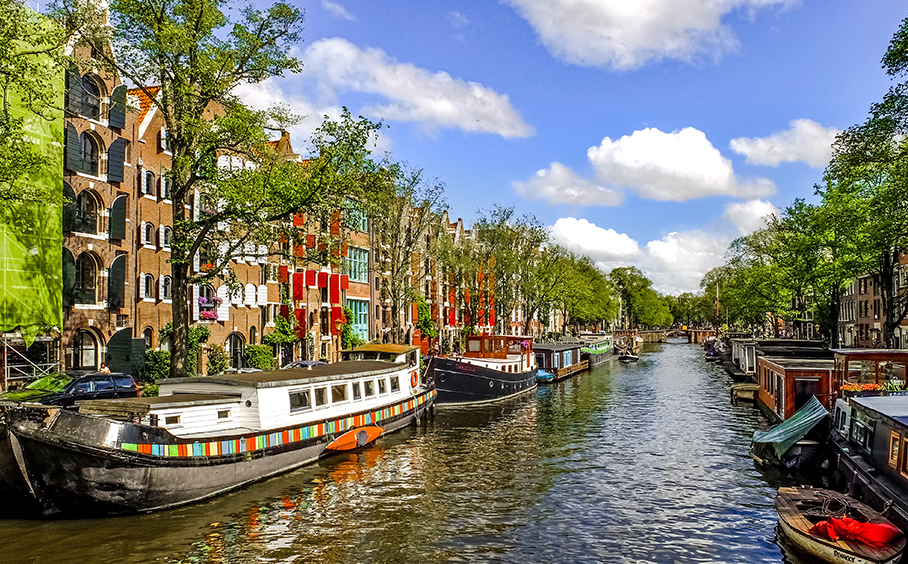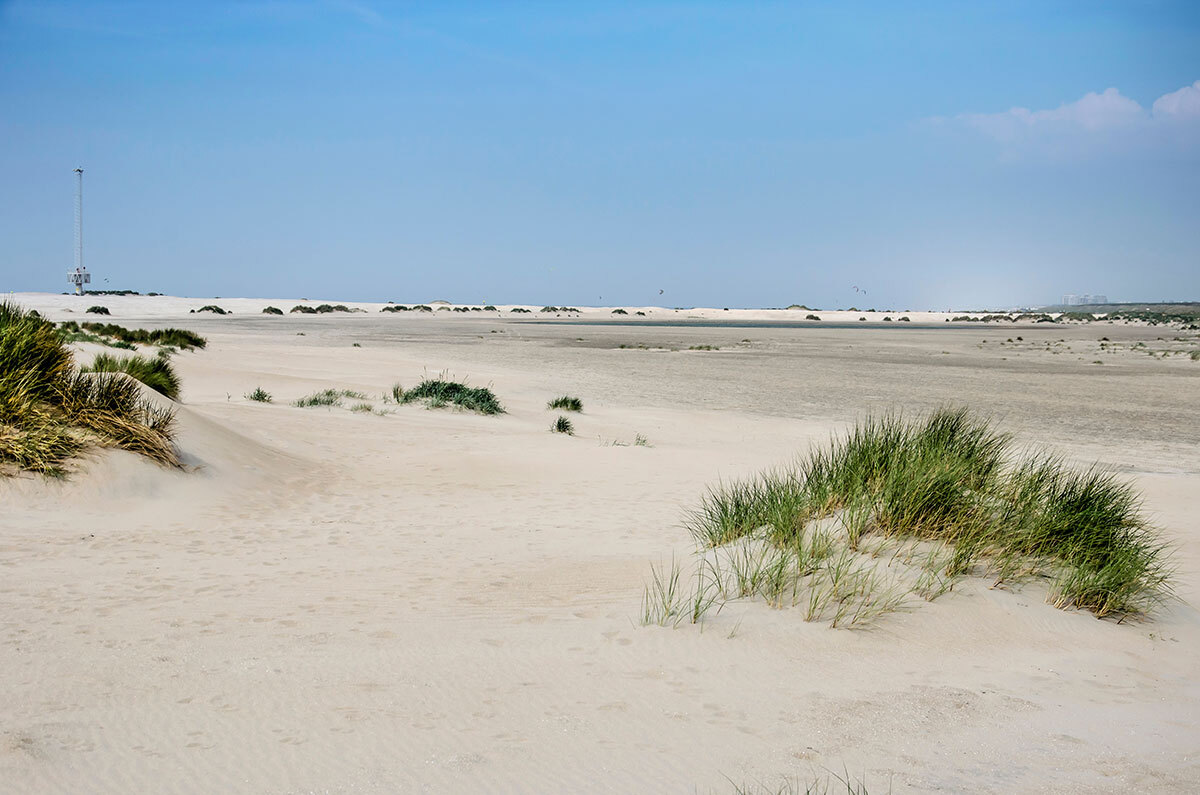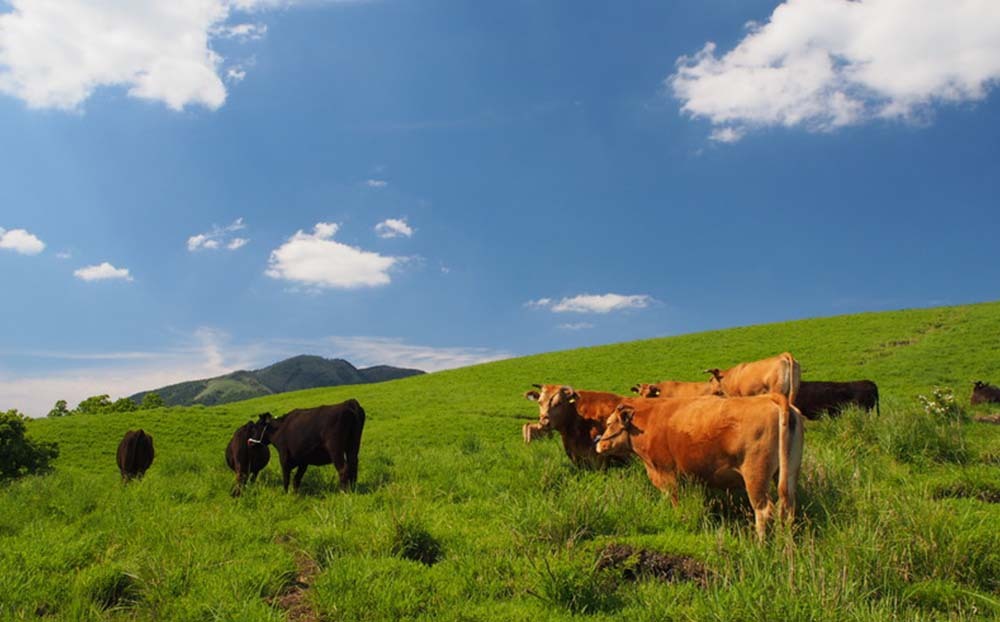
by rudi1976 via AdobeStock
Adaptation activity
The government, private businesses, and local residents of Rotterdam are collaborating on urban development projects that address flood control and water management (see fig. 1). After the devastating floods of 1953, which claimed the lives of over 1,800 people, a massive tidal embankment was constructed to withstand a 1 in 10,000-year flood event. Since then, the Rotterdam Climate Change Adaptation Strategy was developed in 2013 promoting urban development that takes water management into consideration, in addition to traditional measures against major floods (see fig. 2).
Examples of these developments include water squares, which serve as recreational areas and temporary reservoirs during heavy rains, green roofs that absorb rainwater and reduce runoff, underground parking lots that double as water storage areas, the expansion of rivers and wetlands, and the use of permeable materials for pavements and roads (see fig. 3). Urban development that incorporates adaptation measures in this way has attracted global attention.

Figure 1. A Workshop introducing development strategies to stakeholders
(Source: De Urbanisten)

Figure 2. Diagram showing different types of flood control measures in the urban development of Rotterdam.
(Source: De Urbanisten)

Figure 3. Water-permeable road and pavement surfaces
(Source: De Urbanisten)
Related Information
- Rotterdam Climate Initiative (2013). Rotterdam Climate Change Adaptation Strategy.
- Dircke, P., Aerts, J. C. J. H., & Molenaar, A. (Eds.) (2010). Connecting Delta Cities. Sharing Knowledge and working on adaptation to climate change. Rotterdam: Connecting Delta Cities.
- De Urbanisten.
- [Movie] Rotterdam Climate Initiative. Water plaza Benthemplein Rotterdam. (Rotterdam Water Square introductory videos)




